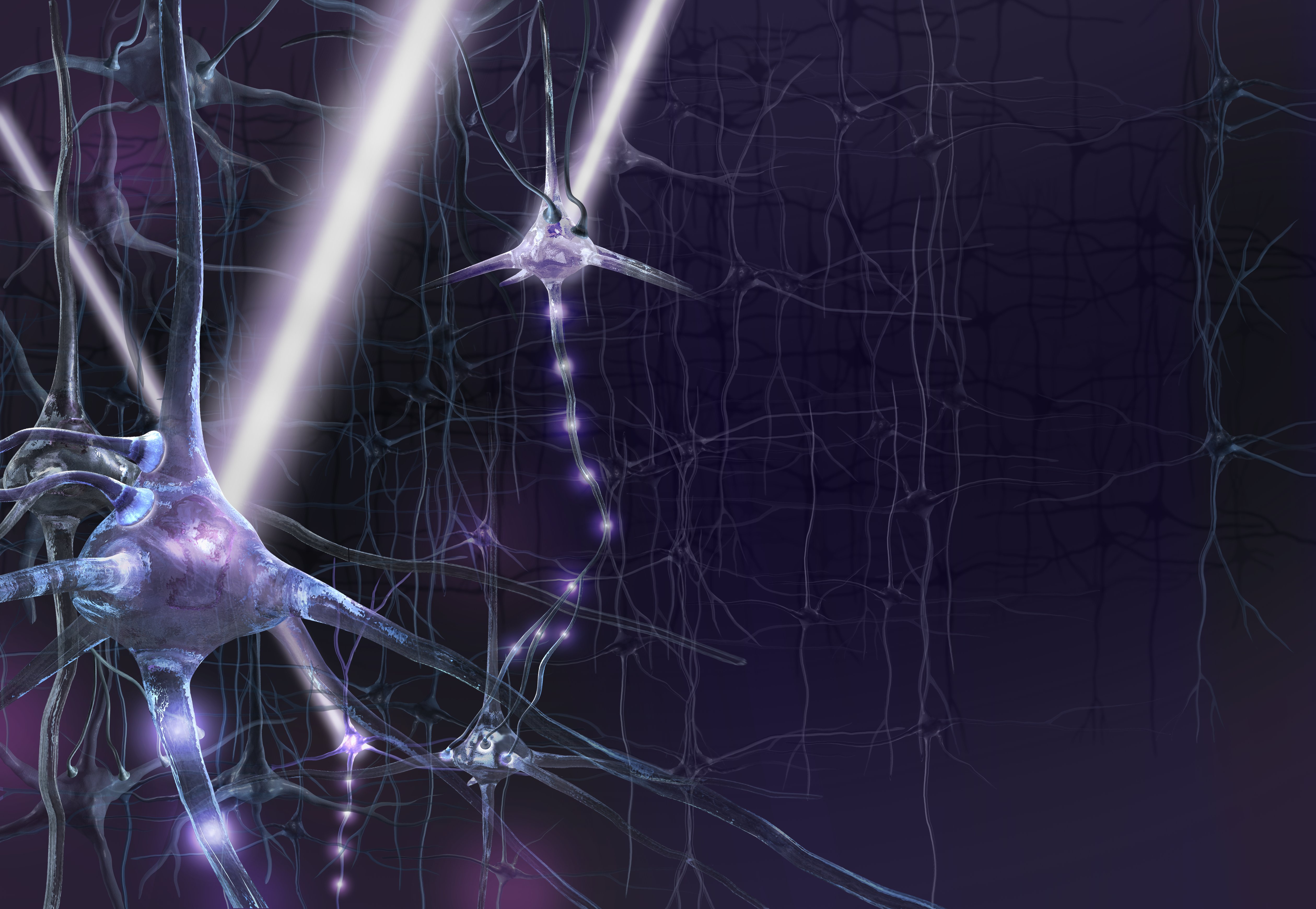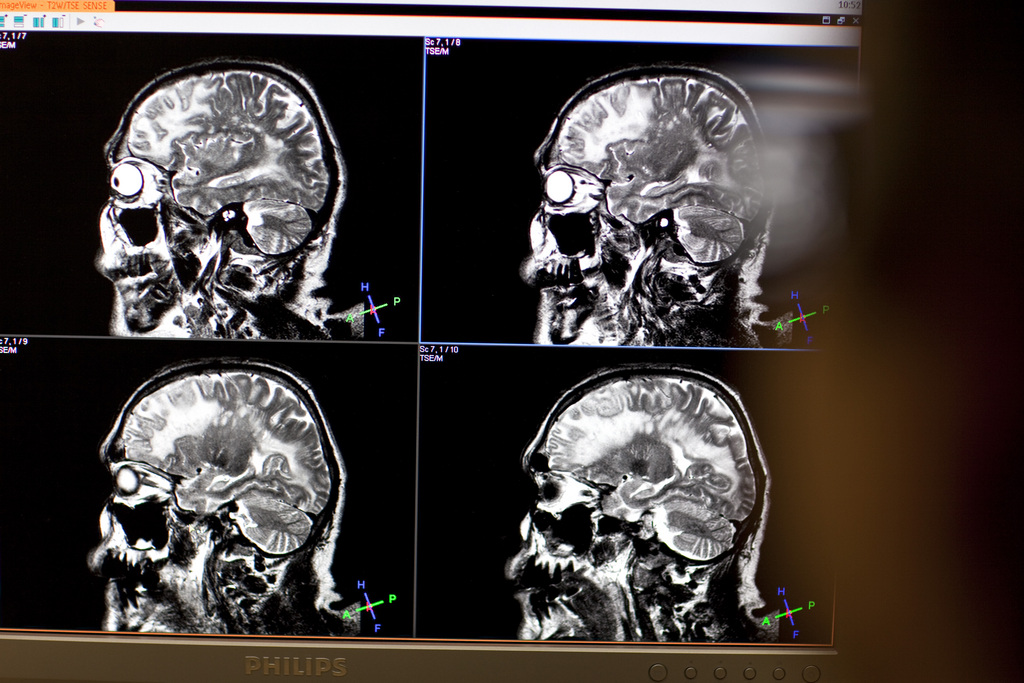Smartphone use leaves fingerprint in brain

Users of smartphones activate other parts of the brain than owners of conventional mobile phones because they increasingly operate their devices with finger movements such as swiping, a study by researchers from the universities of Zurich and Fribourg showed.
The scientists used electroencephalography (EEG) to measure activity in the cortex of the brains of 26 touchscreen smartphone users and 11 users of older mobile phones. Through means of 62 electrodes placed on the volunteers’ heads, they recorded this activity based on movements of the thumb, forefinger and middle finger.
The researchers concluded that smartphone users had different cortical brain activity due to the unique movement of their fingers when operating their devices. The biggest change was seen in the cortex area representing the thumb.
“The digital technology we use on a daily basis shapes the sensory processing in our brains – and on a scale that surprised us,” says Arko Ghosh from the Institute of Neuroinformatics of the University of Zurich.
Such differences based on finger movements have also been observed in violinists but smartphone users differ in certain respects. Unlike violinists, it is not the length of usage that contributes to the unusual brain activity but how long ago the device was last used.

In compliance with the JTI standards
More: SWI swissinfo.ch certified by the Journalism Trust Initiative


You can find an overview of ongoing debates with our journalists here. Please join us!
If you want to start a conversation about a topic raised in this article or want to report factual errors, email us at english@swissinfo.ch.